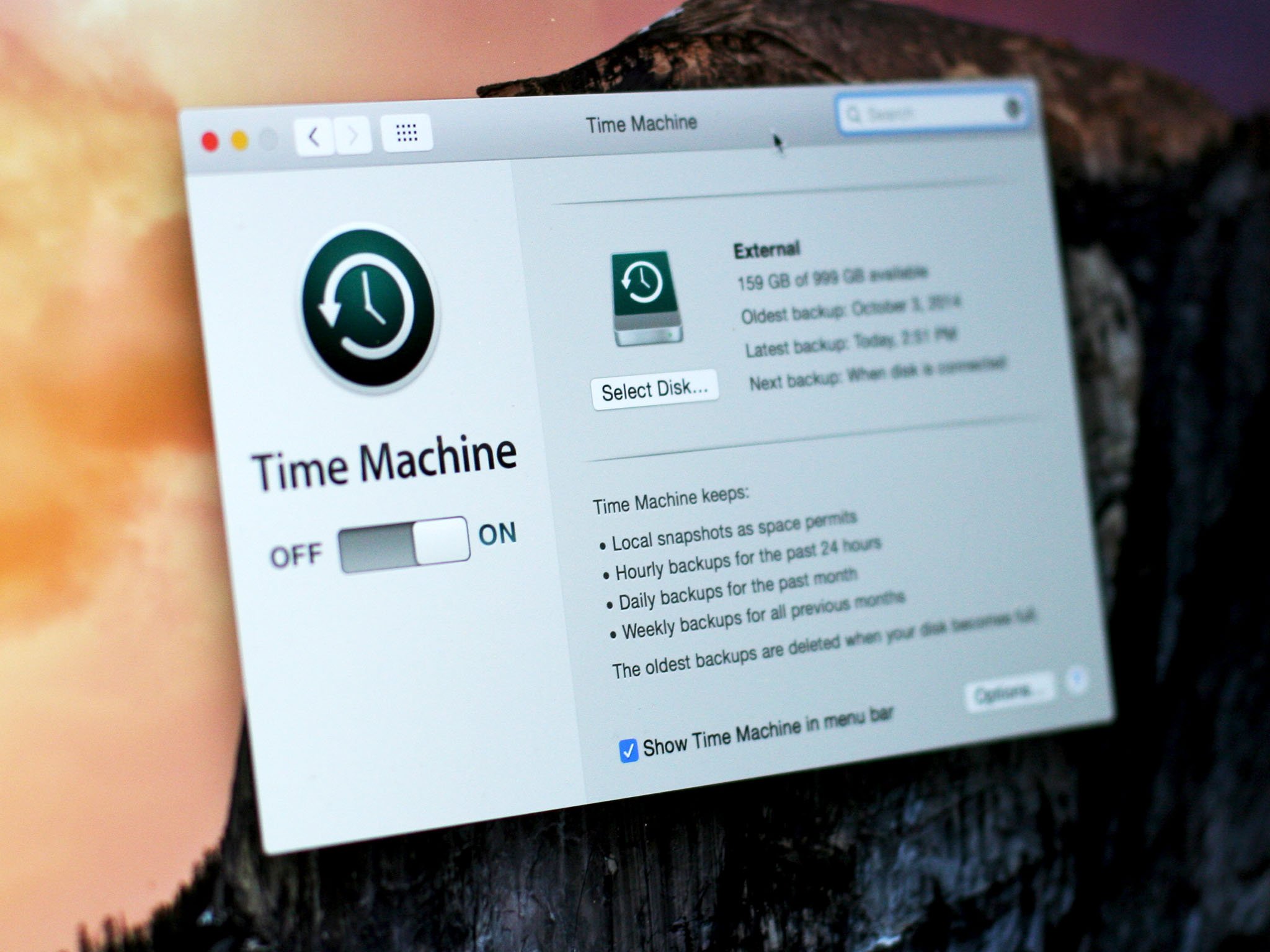Capsule Fight! Mac OS
The Apple Time Capsule seemed like a great idea when it was unveiled about a decade ago. It was a Time Machine network backup target that also embedded a Wi-Fi gateway and ethernet sharing. Perfection, even if it was a little too expensive: It came with Apple technical support and warranty.
But it didn’t play out with the promise it had. An internal drive that you can’t physically remove or upgrade is a problem when it crashes or loses data, something that has happened to many Macworld readers. There’s no Disk Utility for Time Capsule. And if the Time Capsule hardware or the drive died, you could not swap that drive out without a lot of fuss.

Then Apple stopped making new ones years ago and finally admitted it canceled the line earlier this year. If you’re using a Time Capsule, it might be time to consider an alternative.
This column was prompted by Macworld reader Neil, who relies on a Time Capsule at his small business, and has an expanding workforce. They’re having trouble keeping up-to-date backups, because some workers have a weak signal to the Time Capsule. And Time Capsule isn’t a great solution for backing up a lot of people, especially as a single Wi-Fi gateway on your network.
Local Time Machine backups
Pick your Mac's hard-drive on which your Mac OS is installed from the options on the left side of the screen, (this is your startup disk) then choose Edit and then Delete APFS Volume from the menu bar Go to the tabs at the top of the screen and click Erase. A pop-up page appears. To date, Macintosh Repository served 1444945 old Mac files, totaling more than 287301.8GB! Downloads last 24h = 800: 140038.4MB Last 5000 friend visitors from all around the world come from. Now, with Mac OS X 10.8 «Mountain Lion», it’s gotten to the point where essentially the only places you can back up your system using Time Machine are either on another Mac OS X File Server or on an Apple Time Capsule. My assumption is that their intent is merely to bolster their hardware sales. Time Machine is the backup mechanism of macOS, the desktop operating system developed by Apple.The software is designed to work with both local storage devices and network-attached disks, and is most commonly used with external disk drives connected using either USB or Thunderbolt.
My transition advice would be to move away from Time Capsule and switch to Time Machine volumes attached to Mac desktops already on the network. macOS allows networked access to Time Machine volumes, and externally connected devices have a lot of advantages over a drive inside a Time Capsule.
First, you can add as many volumes as you need, distributing backups among multiple desktop machines. Then everyone isn’t crowding onto one backup.
Second, you can rotate backup sets, so you can take drives offsite and swap in an alternate set, which improves your odds of recovery in catastrophe. (Also consider strongly using a security-minded Internet-hosted backup for user-created files and media, such as Backblaze.)
Third, you can easily upgrade capacity and not pay much for it. Multi-terabyte USB 3 drives are ever cheaper. You can spend $100 or even less for a 4TB external enclosure with a high-quality hard disk drive inside.

Fourth, recovery is possible. If a drive won’t mount or has other problems, you can run Disk Utility and try to repair it, or use third-party software to pull data off it.
And it sounds like Neil is also suffering from connectivity and throughput problems. Given the evolution of Wi-Fi networking, I’d recommend either a high-end non-Apple 802.11ac router with enough signal strength to reach all corners of the office, or a mesh system like that from Eero, which is simple to install and requires almost no configuration. Check out TechHive’s Wi-Fi router reviews for more recommendations.
Time Capsule Mac Setup
Critical reminder: Do not format a Time Machine volume of any kind (SSD or hard drive) using APFS. Time Machine requires HFS+.
Capsule Fight Mac Os Download
Ask Mac 911
Capsule Fight Mac Os X
We’ve compiled a list of the questions we get asked most frequently along with answers and links to columns: read our super FAQ to see if your question is covered. If not, we’re always looking for new problems to solve! Email yours to mac911@macworld.com including screen captures as appropriate, and whether you want your full name used. Every question won’t be answered, we don’t reply to email, and we cannot provide direct troubleshooting advice.